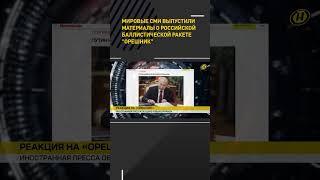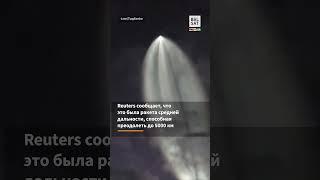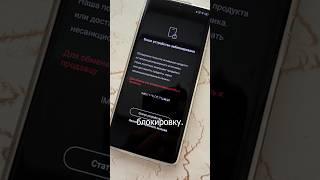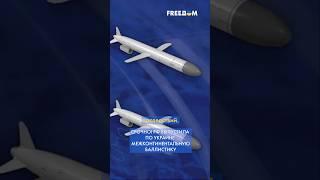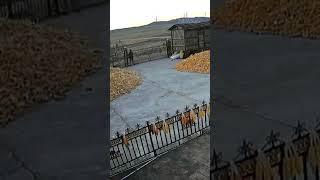
Reaction of halo alkane with KCN and AgCN | Class XII CBSE & ISC Board | By Dr. Vikas Yadav
1. Reaction with Potassium Cyanide (KCN):
- Nucleophile: In KCN, the cyanide ion (CN⁻) exists primarily as a free ion with the carbon atom as the nucleophile.
- Reaction: The carbon of the cyanide ion attacks the carbon in the haloalkane via an SN2 mechanism.
- Product: Alkyl cyanides (nitriles) are formed.
General Reaction:
R-X + KCN → R-CN + KX
CH₃Br + KCN →CH₃CN + KBr
- Nature of Product: The product will have a carbon-nitrogen triple bond (nitrile).
2. Reaction with Silver Cyanide (AgCN):
- Nucleophile: In AgCN, the cyanide is covalently bonded to the silver ion, and the nitrogen atom acts as the nucleophile rather than the carbon.
- Reaction: The nitrogen attacks the carbon in the haloalkane, leading to the formation of an alkyl isocyanide (isonitrile).
- Product: Alkyl isocyanides are formed.
R-X + AgCN → R-NC + AgX
CH₃Br + AgCN → CH₃NC + AgBr
- Nature of Product: The product will have a nitrogen-carbon triple bond (isonitrile).
Key Differences:
- With KCN: Forms an alkyl cyanide (R-CN).
- With AgCN: Forms an alkyl isocyanide (R-NC).
The difference in products is due to whether the carbon or nitrogen of the cyanide group acts as the nucleophile.
- Nucleophile: In KCN, the cyanide ion (CN⁻) exists primarily as a free ion with the carbon atom as the nucleophile.
- Reaction: The carbon of the cyanide ion attacks the carbon in the haloalkane via an SN2 mechanism.
- Product: Alkyl cyanides (nitriles) are formed.
General Reaction:
R-X + KCN → R-CN + KX
CH₃Br + KCN →CH₃CN + KBr
- Nature of Product: The product will have a carbon-nitrogen triple bond (nitrile).
2. Reaction with Silver Cyanide (AgCN):
- Nucleophile: In AgCN, the cyanide is covalently bonded to the silver ion, and the nitrogen atom acts as the nucleophile rather than the carbon.
- Reaction: The nitrogen attacks the carbon in the haloalkane, leading to the formation of an alkyl isocyanide (isonitrile).
- Product: Alkyl isocyanides are formed.
R-X + AgCN → R-NC + AgX
CH₃Br + AgCN → CH₃NC + AgBr
- Nature of Product: The product will have a nitrogen-carbon triple bond (isonitrile).
Key Differences:
- With KCN: Forms an alkyl cyanide (R-CN).
- With AgCN: Forms an alkyl isocyanide (R-NC).
The difference in products is due to whether the carbon or nitrogen of the cyanide group acts as the nucleophile.
Тэги:
#Gurucool_Classes #gurucool_classes #CIS #city_international_school #lucknow #chemistry #vikas_baboo #vikas_yadav #haloalkane #potassium_cyanide #silver_cyanide #nucleophile #alkyl_cyanide #nitrile #alkyl_isocyanide #isonitrile #SN2_mechanism #carbon-nitrogen_bond #nucleophilic_substitution #AgCN #KCNКомментарии:
An Economy Model WWSD: The Civil Defense Rifle
Forgotten Weapons
Fit For Civil Defense- What Does That Look Like?
Renaissance Periodization
A Viewer Favorite! BETTER THAN GOODWILL! Come Thrift Tracy's Treasures With Me & My Mom!
YoSoBoho Rescued Treasures
New Birhavi Naat Status|| Sarfaraz Safdar//Naat Status Ns
Naat Status Ns
James May roasts YouTubers' cars AGAIN
DRIVETRIBE
7 MESSY PLAY ideas for 12-18 months | The 5 senses activities on IKEA FLISAT table
Hazie and Motherhood












